Renowned architect was 11 years old when Detroit’s J.L. Hudson building inspired her
Kimberly Dowdell is too young to have experienced the dazzling holiday displays; elevators operated by real people; basement bargains; circulating library; multiple dining rooms and cafeterias, and other features that made the old J.L. Hudson Department Store in downtown Detroit famous during its heyday.
But when Dowdell came upon a boarded-up Hudson’s building downtown a little more than a decade after the department store closed on Jan. 17, 1983, after more than 90 years in business, she had her own profound experience that continues to move her today.
“Hudson’s was boarded-up and was looking very sad. And the people around the building were looking sad,” Dowdell, who was 11 years old at the time, recalls. “I was thinking: ‘I would like to fix this building.’ I felt if I could do that, I could heal the people around it. And that’s when I went from wanting to be a doctor to wanting to become an architect.”
To say that the now 40-year-old Dowdell followed through on that goal would be a major understatement, given that on Dec. 15 she was inaugurated as the 100th president of the American Institute of Architects (AIA) — also making Dowdell the first Black female president in the organization’s 166-year history.
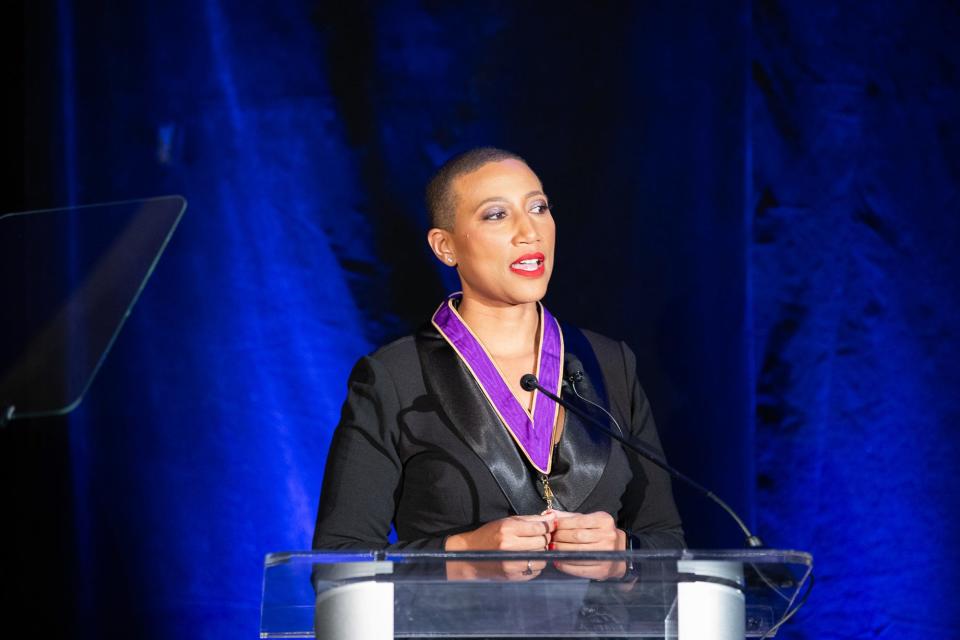
During Dowdell’s inaugural speech, which can still be heard today through the magic of YouTube (pick up at the 13:38 mark), the native Detroiter announced to the audience gathered in Washington, D.C. that she will be focusing on three pillars: money, membership and mission. These pillars support Dowdell’s desire to see architects’ pay across the board reflect the extensive effort that goes into becoming a licensed architect and the highly-skilled work performed afterward, along with her goal to increase the AIA’s membership from roughly 98,000 now to 100,000, which Dowdell says will allow members and the industry as a whole to contribute more to its mission, which includes the creation of an equitable and sustainable environment.
Judging from the steady applause Dowdell received throughout her inaugural speech, from the time she was introduced by the AIA’s Immediate Past President Emily Grandstaff-Rice, it appears that Dowdell will receive plenty of support as she works to carry out the organization’s objectives during 2024. However, on the morning of Jan. 5, Dowdell was more interested in recognizing special people in Detroit who provided her with a strong foundation that has allowed Dowdell to be successful today.
“An extended village raised me and that included my parents, grandmother, siblings, aunts, cousins, educators, church family and other caring people around Detroit,” said Dowdell, who spoke by phone on Jan. 5 from New Orleans, where she was attending the American Institute of Architecture Students Forum 2024, her first speaking engagement as AIA president.
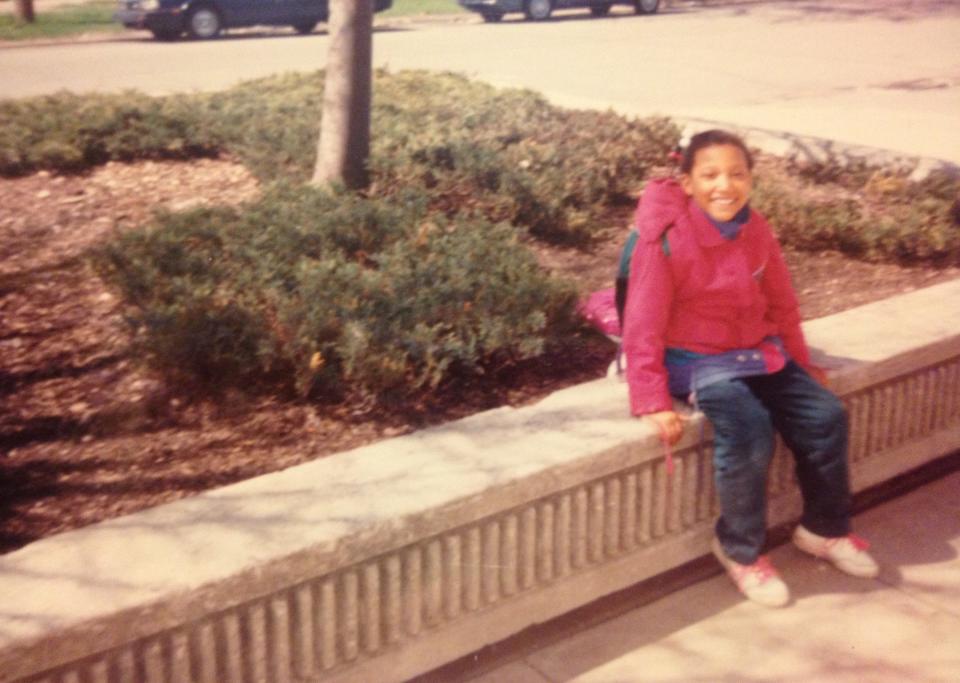
With the same precision that Dowdell no doubt takes when serving clients, she took her time to explain the way some key people poured into her life. For example, Dowdell proudly made it known that from the time her older brother Michael and his wife Tiffany met as teenagers, they were a team that helped to raise Dowdell from the age of 2. From Dowdell’s older sister, Sabrina Nelson, an accomplished artist and educator, came support, inspiration and a shared artistic bond. Because as Dowdell puts it, architecture is a “blend of art and science.”
And before Dowdell took advantage of scholarship opportunities that enabled her to excel as a student at Cranbrook (Class of 2001), Cornell University and Harvard University, she said her early educational experiences in and around Detroit made a lasting impact thanks to committed educators like the late Camille Dickson, Dowdell’s first and second grade teacher at Burns Elementary in Detroit; and Catherine Mugianis — affectionately known by her students as Ms. Katie — who provided Dowdell one of her first hands-on architectural experiences through an art project when Dowdell attended the Gibson School for the Gifted in Redford.
Away from school and home, Dowdell says her personal growth as a young person was further aided by community institutions in Detroit, including the Detroit Windsor Dance Academy, where she “stepped outside” of herself to learn dance while also helping out in a gift shop where she sold leotards and tights. And, New Mount Zion Missionary Baptist Church, where she assumed her first youth leadership position at age 7.
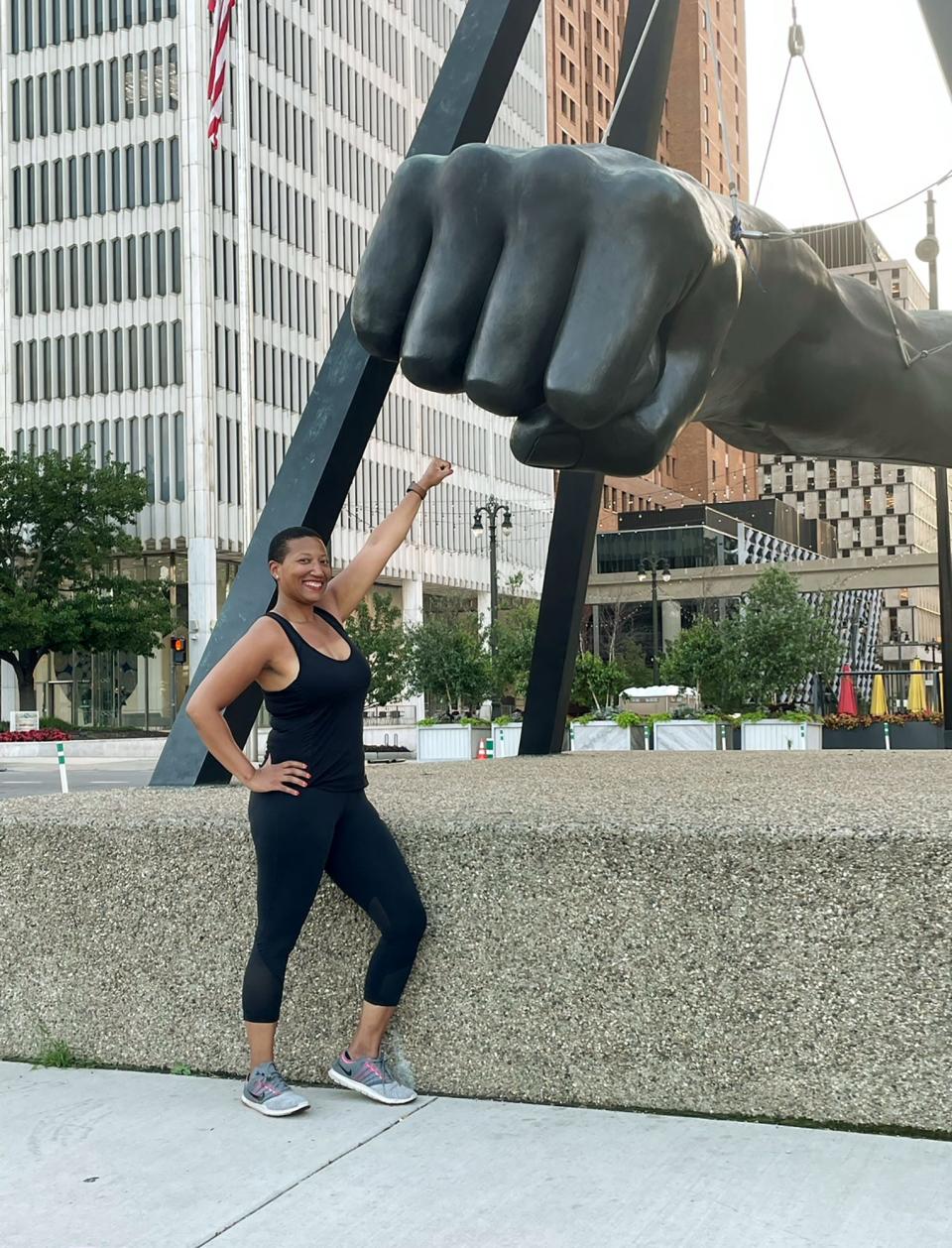
“I am who I am because of Detroit,” proclaims Dowdell, the daughter of Renee Dowdell and the late Thomas Cobb, who worked in automobile factories and was a creator in his own right as the owner of a sign painting business. “All of Detroit was the village for me.”
These days, the “village” that Dowdell operates in is considerably larger than the city of Detroit. While she spends considerable quality time in Detroit throughout the year — which includes taking care of her mother and checking in with Lydia Griffin at Simply Chic Salon to ensure that her hair stays on-point — Dowdell’s “day job” is as a principal with HOK, a global design, architecture, engineering and planning firm. Her office is based in Chicago and she says her work has increasingly become more global in nature. But as Dowdell’s national profile also rises as the AIA president, she says she remains focused on the original reasons that attracted her to architecture, because many of the people that have recently congratulated her on the AIA presidency also are people that she has patterned her career and life after, including Sharon Madison, who owns and operates the Julian C. Madison Building in downtown Detroit.
“I’m inspired by Sharon Madison because she never gave up on Detroit and remained committed to downtown when most others pulled away. I’m very proud of her tenacity,” said Dowdell, who also cited Antoine Bryant, Tiffany Brown, Saundra Little and Rainy Hamilton as other superlative professionals in her field from Detroit that she draws strength from as she embarks on her new journey.
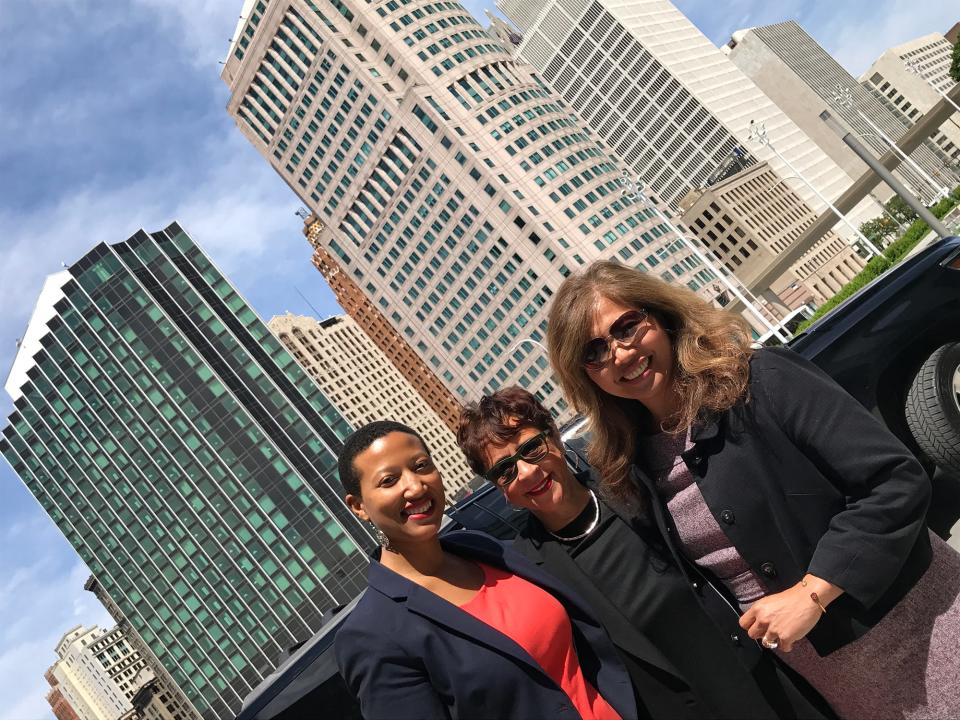
Dowdell also has made new friends that already have touched her deeply since becoming the AIA president, including a second-year, female architecture student attending a Historically Black College who said in a letter to Dowdell: “Because you won (the AIA election), I feel my dreams can come true.”
And because Dowdell understands that her work and advocacy will touch far more people than she will ever hear from directly, the award-winning architect says she is constantly thinking about how she can do a little extra to “help people,” And that process will continue playing out on Monday, while she is observing the Martin Luther King Jr. holiday.
“Part of my campaign for AIA President included challenging people to ‘Envision New Possibilities’ given the historic nature of my candidacy. And in some ways, Dr. King inspires us all to look at the world through the lens of what can be versus what we currently see,” explained Dowdell, who had an intimate connection to the Civil Rights Movement as a little girl through her grandmother, Nina Dowdell, whose personal phone book included the number of Rosa Parks, who Kimberly Dowdell had the special privilege of meeting while being babysat by Parks’ cousin — Roxanne Davis — when her grandmother and Parks both were residents for a time at Bicentennial Tower, 4 E. Alexandrine St., on Detroit's east side.
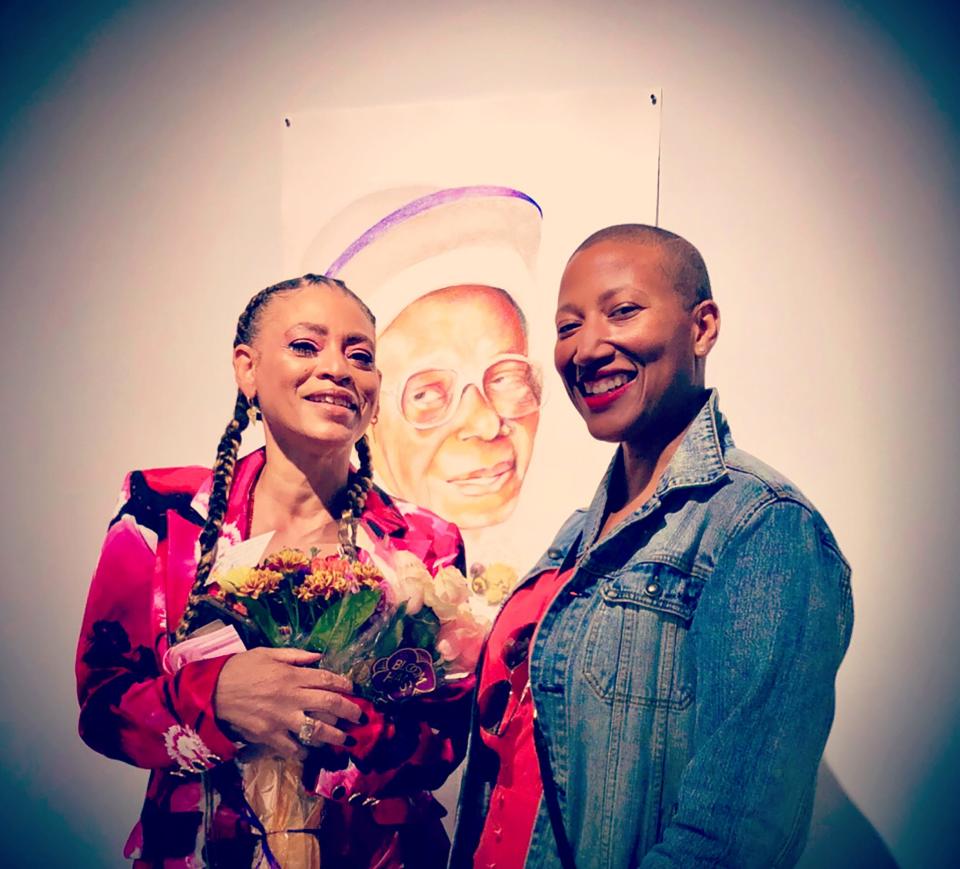
“We are still embracing Dr. King’s ‘Dream’, so on Monday I will reflect on that and further work toward achieving some of my own dreams. One of those dreams is to help inspire our nation’s mayors to hire Chief Architects to serve as key advisers. I will actually be traveling to Washington, D.C., the day after MLK Day to speak on behalf of AIA at the U.S. Conference of Mayors. There, I will remind the mayors that architects are the civic problem solvers that they didn’t know they needed. I have a dream that our cities will focus more on climate action, affordable housing and health equity. And I believe that architects are uniquely well-equipped to support mayors in these areas.”
Scott Talley is a native Detroiter, a proud product of Detroit Public Schools and lifelong lover of Detroit culture in all of its diverse forms. In his second tour with the Free Press, which he grew up reading as a child, he is excited and humbled to cover the city’s neighborhoods and the many interesting people who define its various communities. Contact him at: stalley@freepress.com or follow him on Twitter @STalleyfreep. Read more of Scott's stories at www.freep.com/mosaic/detroit-is/. Please help us grow great community-focused journalism by becoming a subscriber
This article originally appeared on Detroit Free Press: Architect Kimberly Dowdell wanted to fix old Hudson building as child

